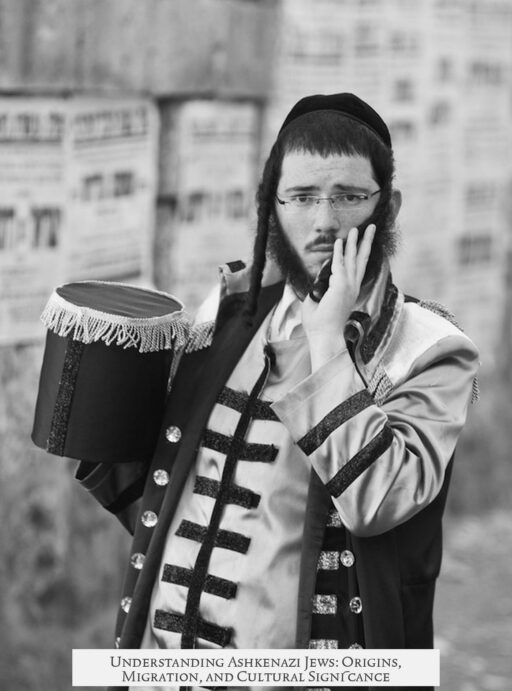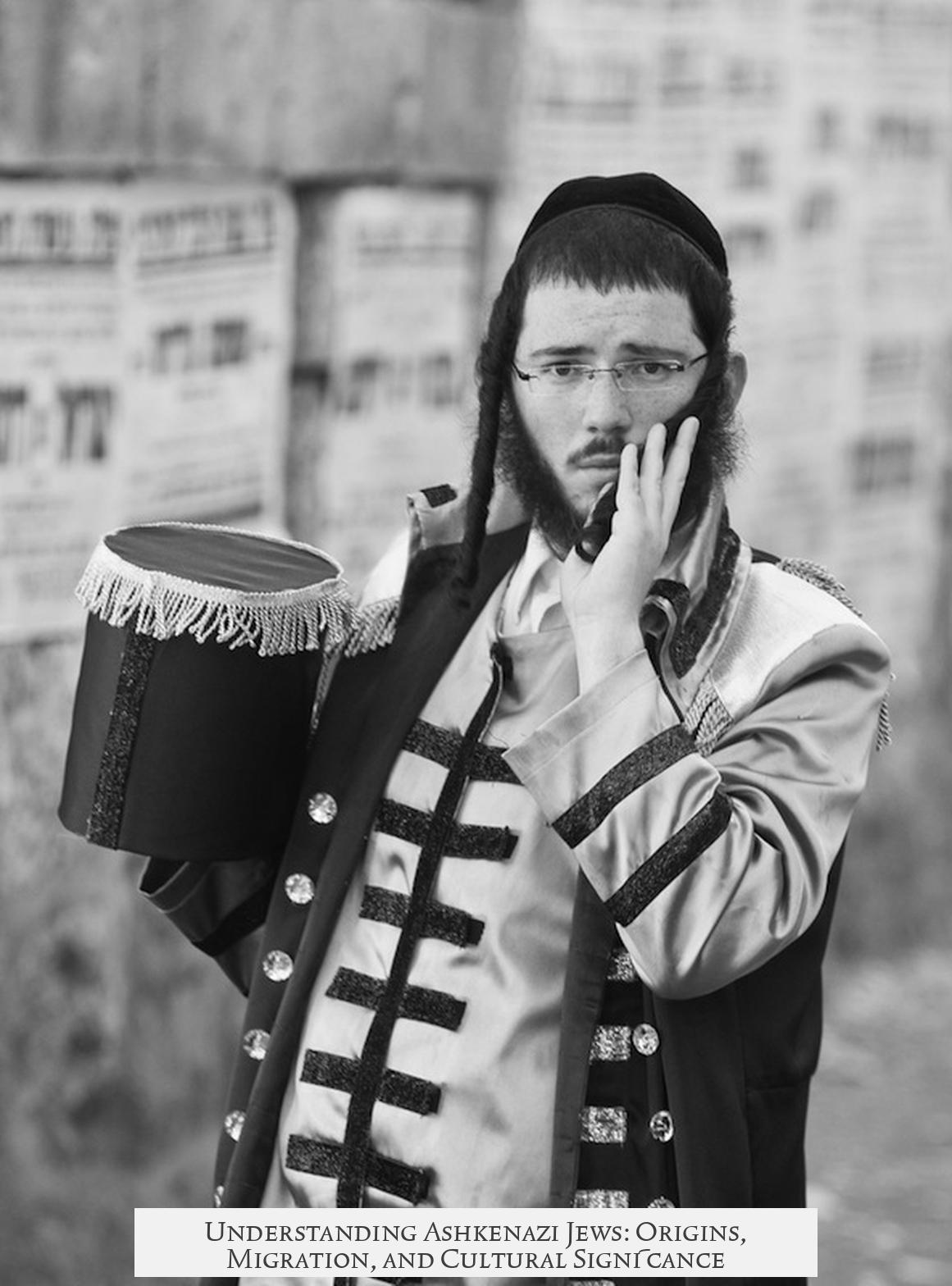Ashkenazi Jews are those who trace their recent ancestry mainly to Northern Europe, particularly the Rhineland region, covering parts of present-day Germany and France. They form the majority of the Jewish population today, with a distinct cultural, genetic, and religious identity developed over centuries.
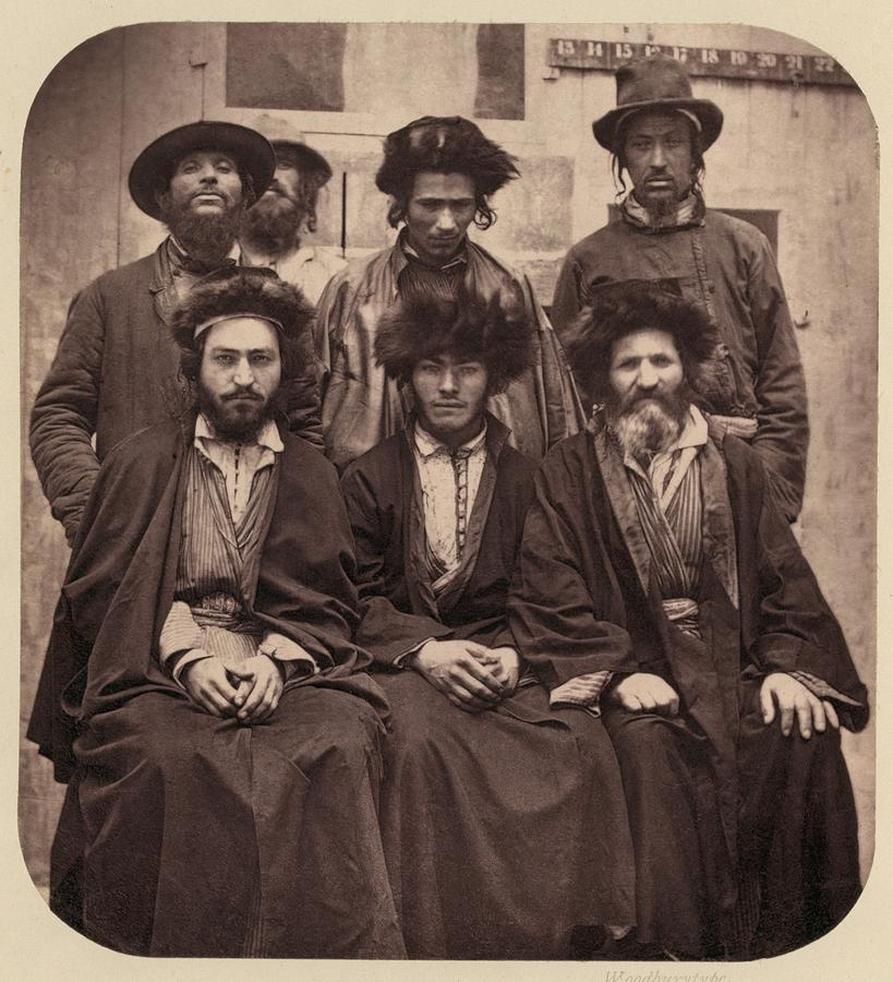
The name “Ashkenazi” originates from the Biblical term “Ashkenaz,” mentioned in Genesis as a person and in Jeremiah as a kingdom. In medieval Europe, Jews often named their new settlements after Biblical nations. Ashkenaz became associated with the Rhineland area, linking Ashkenazi Jews to this European region. This naming pattern also includes “Tzarfat” for France and “Sefarad” for Spain.
Historical evidence suggests that Ashkenazi Jews migrated to the Rhineland primarily from the former western Roman Empire, especially Italy. They settled there as traders, encouraged by Charlemagne and his successors in the Carolingian Empire. Early Ashkenazi communities in the Rhineland were small but significant centers of Jewish religious study. Notably, the influential Jewish scholar Rashi (Rabbi Shlomo Yitzchaki) lived there, shaping Jewish interpretation of Torah and Talmud.
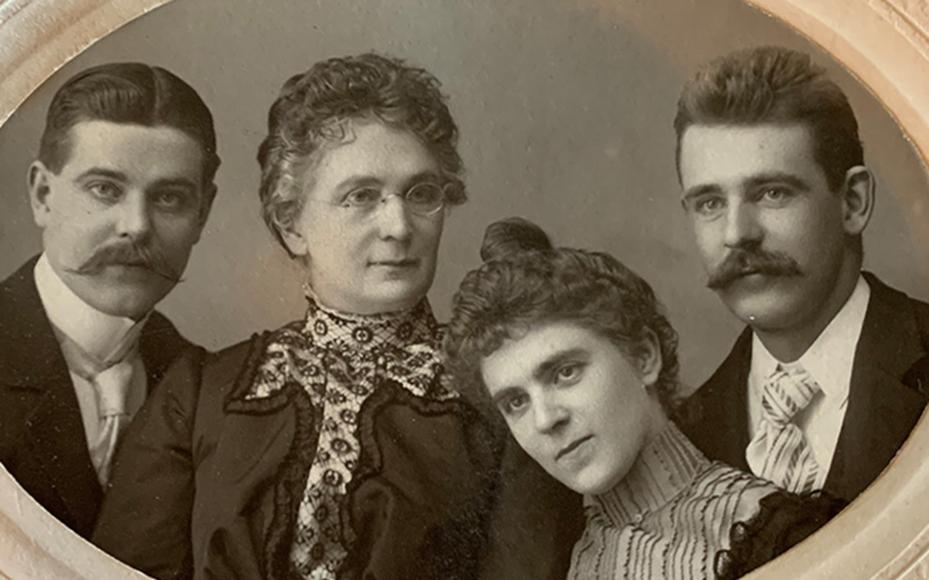
From the Rhineland, Ashkenazi Jews spread into other parts of Germany and France. In 1066, some accompanied William the Conqueror to England. However, the Crusades starting shortly after devastated many Rhineland Jewish communities. These attacks, along with later persecutions, expulsions (such as Jews expelled from England in 1290 and from France in 1306), and accusations like the scapegoating for the Black Death in the 14th century, resulted in severe population losses and constant insecurity.
Ashkenazi Jews gradually migrated eastward to Polish-Lithuanian territories and Hungary, where they found more tolerant conditions. These Eastern European communities grew and became the main centers of Ashkenazi Jewish life. The language they spoke, a form of Judeo-German, evolved into Yiddish, which served as a lingua franca for Ashkenazi Jews for centuries, blending Hebrew and German elements with Slavic influences.

Genetically, Ashkenazi Jews are a distinct endogamous group, meaning they historically married within their own community. This has produced a unique genome with markers showing Middle Eastern ancestry, linking them to other Jewish groups like Sephardi Jews from Spain and broader Middle Eastern Jewish populations. However, this genetic homogeneity has also made Ashkenazi Jews prone to certain recessive genetic disorders. Modern genetic testing is common among Ashkenazi families to assess the risk of inherited diseases when planning children.
Culturally and religiously, Ashkenazi Jews differ from Sephardi and Mizrahi Jews, who trace origins to Spain, the Middle East, and parts of Asia. These groups have distinct religious customs, or minhagim, and cultural traditions. The move of Ashkenazi Jews into Eastern Europe led to the development of new community minhagim, especially in Poland and Lithuania, which gradually overtook the original Rhineland customs. This adaptation reflects the dynamic nature of Ashkenazi Jewish identity.
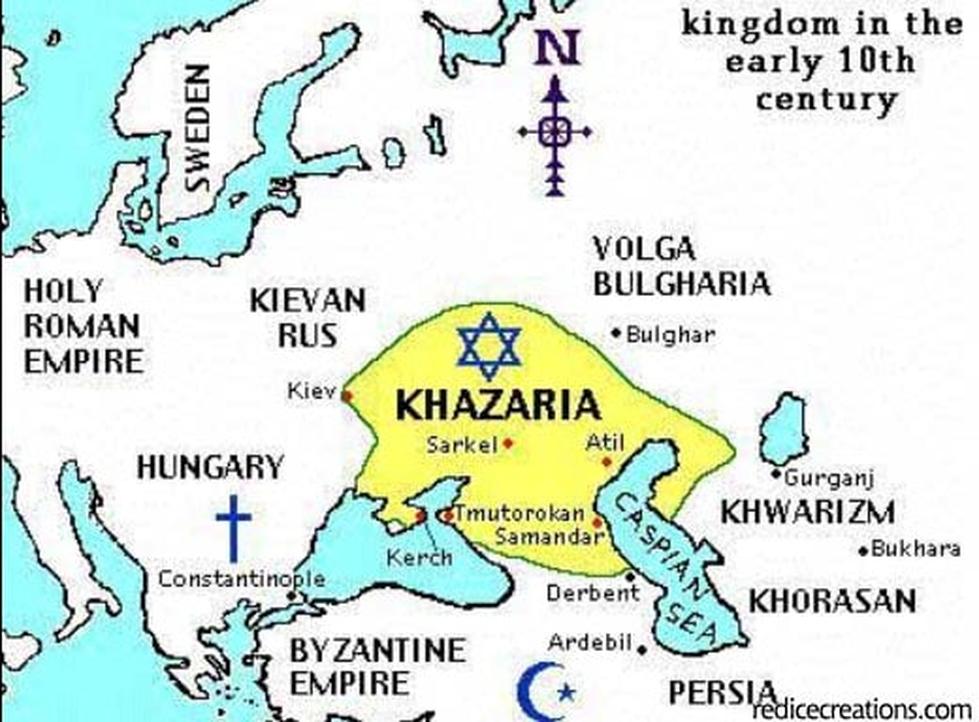
Today, many Jews identify themselves as Ashkenazi or Sephardi, signaling their ancestral origins and cultural heritage. This distinction offers insights into historical migration patterns, religious practice variations, and genetic backgrounds, shaping community life and personal identity.
| Aspect | Description |
|---|---|
| Origin | Jewish communities descended from Northern Europe, mainly the Rhineland |
| Name Origin | Derived from Biblical “Ashkenaz,” linked to Germany/Rhineland |
| Early Settlement | Migration from the western Roman Empire (Italy), invited by Charlemagne |
| Cultural Development | Centered on Torah study, followed by migration east to Poland-Lithuania |
| Language | Development of Yiddish from Judeo-German in Eastern Europe |
| Genetics | Distinct genome with Middle Eastern ancestry; genetic disorders studied |
| Religious Customs | Differ from Sephardi/Mizrahi; adapted through migrations |
- Ashkenazi Jews originate from Jewish settlers in the Rhineland region of Europe.
- Their name derives from the Biblical “Ashkenaz,” historically linked to Germany and surroundings.
- Initial migration was from Italy during the Carolingian Empire’s rule as invited traders.
- Their communities faced devastating Crusades and expulsions in medieval Western Europe.
- Many relocated to Eastern Europe, fostering cultural growth and the Yiddish language.
- They form a genetically distinct group with shared Middle Eastern ancestry.
- Religious and cultural practices differentiate them from other Jewish groups.
What Are Ashkenazi Jews and Where Did They Come From?
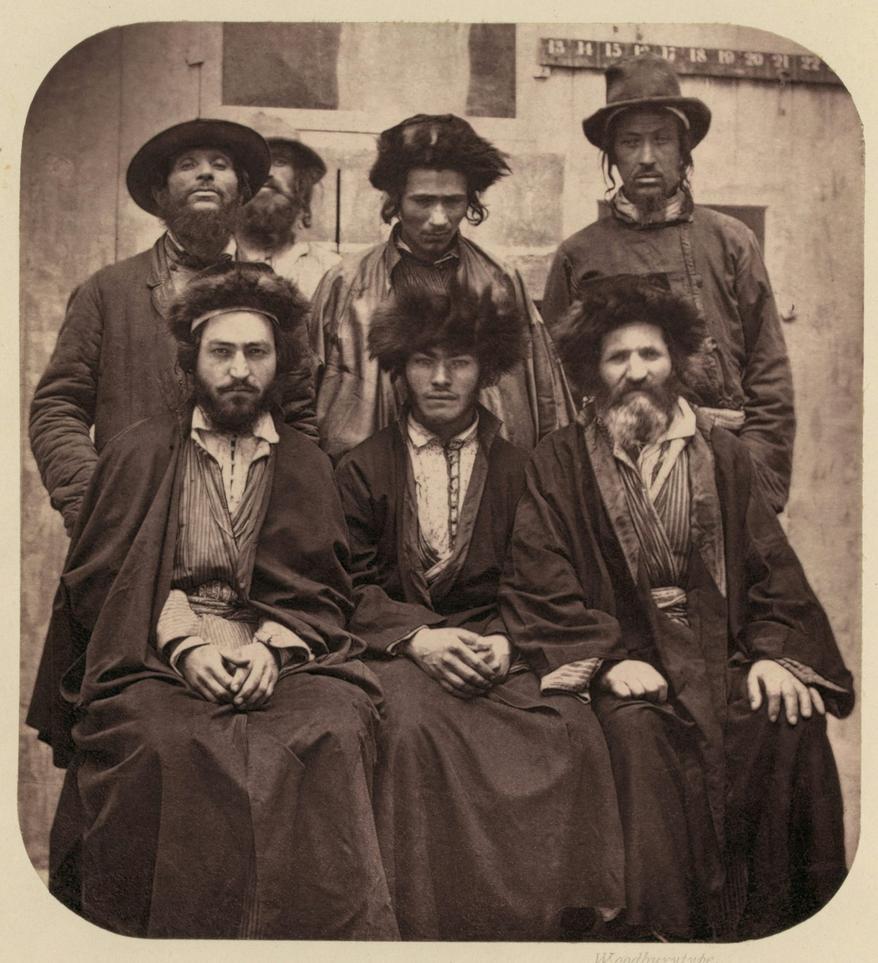
Simply put, Ashkenazi Jews are Jews whose recent ancestry traces back to Northern Europe, particularly the Rhineland area, and they constitute the majority of modern Jewish communities worldwide. But there’s much more to this story than just geography. Let’s unravel the history, culture, and identity wrapped up in the term “Ashkenazi.”
The Name “Ashkenazi” – What’s in a Name?

The term “Ashkenazi” has Biblical roots and a medieval twist. It derives from “Ashkenaz,” a name that first appears in the Book of Genesis as a person and later in Jeremiah as a kingdom. Medieval Jews, moving into Europe, often took Biblical names to label new homelands. So, “Ashkenaz” was assigned to places where Jews settled, notably areas in what we now consider Germany and parts of France.
More precisely, Ashkenaz referred to the Rhineland, a region along the Rhine River crossing modern Germany and France. Those medieval names helped communities stay connected to their heritage while anchoring themselves in new soil.

A Migration Tale: From the Roman Empire to the Rhineland
The Ashkenazi story begins with Jewish traders making their way north from the former Western Roman Empire, particularly Italy. Invited by Charlemagne and successors of the Carolingian Empire, Jews were welcomed into the Rhineland, establishing communities in towns and villages.
This early community, before the Crusades, was small yet vibrant and centered on scholarship. One towering figure was Rashi (Rabbi Shlomo Yitzchaki), a key Torah and Talmud commentator whose works still resonate in Jewish study today.
From the Rhineland, Jews slowly moved outward, settling in other parts of France and Germany, and even crossing into England in 1066 with William the Conqueror. The stage was set for Ashkenazi culture to grow — but not without challenges.
Crusades, Persecution, and Trials
The Crusades hit Ashkenazi communities hard. As armies marched across Europe, they destroyed many Jewish settlements along the Rhineland. Though some communities endured, they faced ongoing peril—persecution, expulsion, and violence.
The infamous Black Death in the 14th century worsened their plight. Jews were falsely blamed for the plague, leading to massacres across Western and Central Europe. Countries like England and France expelled Jews in 1290 and 1306 respectively, forcing migration yet again.
Imagine living in constant uncertainty, where your community’s fate hinges on the whims of rulers and the fears of neighbors. Yet, despite it all, Ashkenazi Jewish culture persisted.
The Eastward Journey: Poland, Lithuania, Hungary
Many Ashkenazi Jews found refuge and opportunity in Eastern Europe — in lands like Poland-Lithuania and Hungary. Here, Jewish communities blossomed, becoming the new heartlands of Ashkenazi life. The relative tolerance in these regions allowed culture to flourish.
With migration came linguistic evolution. Ashkenazi Jews brought with them a Judeo-German language, which over centuries transformed into Yiddish, a unique language blending Germanic roots with Hebrew and Slavic influences. Yiddish became a lingua franca for Ashkenazi Jews, shaping literature, theater, and daily life.
Defining Ashkenazi: Genetics, Culture, and Religion
Ashkenazi Jews have been an endogamous group for centuries, marrying mostly within their communities. This has led to a gene pool distinct from non-Jewish Europeans, yet still bearing Middle Eastern markers, linking them genetically to Sephardi Jews and other Jewish groups.
This endogamy draws attention from geneticists because certain recessive genetic disorders appear at higher rates among Ashkenazi Jews. Today, genetic screening is common, helping families reduce the risk of inherited diseases.
But Ashkenazi identity is not just about genes. It includes unique religious customs (minhagim) distinct from Sephardi or Mizrachi Jews. Travel back to the migration into Poland-Lithuania saw Ashkenazi minhagim evolve, sometimes overtaking older practices from the German communities.
Today, many Jews distinguish themselves as Ashkenazi or Sephardi for a peek into their cultural past and present religious customs. This self-identification also shapes community life, from synagogue rituals to holiday celebrations.
Why Does This Matter Today?
Understanding what Ashkenazi Jews are and where they came from isn’t just academic. It offers insight into thousands of years of migration, resilience, and cultural evolution. Their history reflects the challenges and triumphs of maintaining identity through upheaval.
Moreover, Ashkenazi Jews have had a significant impact on Jewish culture worldwide — from their rich literary traditions to religious scholarship and even genetics. Recognizing this helps combat stereotypes and fosters appreciation for a vibrant, complex identity.
Quick Takeaways for the Curious Reader
- Ashkenazi Jews: Major Jewish group tracing roots to Northern Europe especially the Rhineland.
- Origin of name: Biblical Ashkenaz linked to medieval Jewish communities in Germany/France.
- Initial settlement: Traders from Roman Empire Italy invited by Charlemagne to Carolingian Empire lands.
- Challenges: Crusades, Black Death persecutions, expulsions devastated early communities.
- Migration East: Poland-Lithuania and Hungary became cultural centers, fostering Yiddish.
- Genetics: Endogamy created distinct Ashkenazi genetic markers linked to some inherited diseases.
- Cultural and religious identity: Unique minhagim differentiate Ashkenazi from other Jewish groups.
Parting Question
In a world that keeps changing, how do you maintain a sense of identity across centuries and continents? The Ashkenazi Jewish story offers one powerful example of connection, adaptation, and survival. It invites us to think about our own roots and how they shape who we are today.
